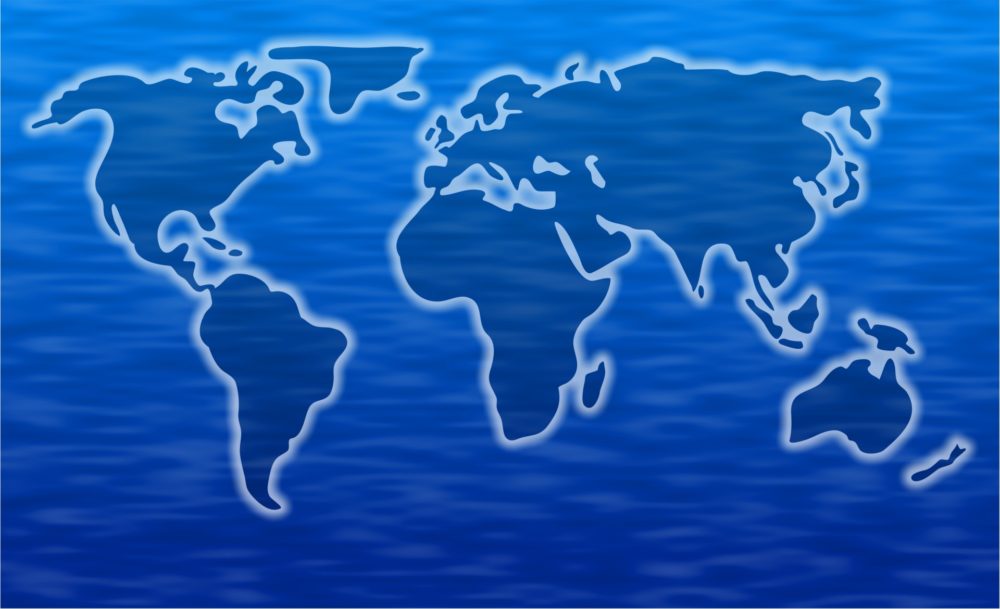Don’t Believe China’s Trade Hype
Beijing runs with the G-33—poorer, protectionist-minded WTO laggards.
Don’t expect much progress in dismantling global trade barriers from the World Trade Organization’s meeting in Buenos Aires this week. The Trump administration will take most of the blame. American trade negotiators have even said they will refuse to sign the customary ministerial declaration expressing support for the “centrality of the multilateral trading system.” The U.S., as WTO Deputy Director Alan Wolff noted, is “sitting this one out.”
In the absence of American leadership, all eyes are on Chinese President Xi Jinping. Mr. Xi has missed no opportunity to declare his support for the WTO’s mission of advancing free trade. He acknowledges that China has benefited greatly since becoming a WTO member in 2001.
“We should uphold multilateralism and pursue shared growth,” Mr. Xi declared last month in a speech to Asia-Pacific business leaders in Vietnam. His remarks were well-received—in clear contrast to Mr. Trump’s insular America First exhortations at the same forum. Global economic leadership is a key part of Mr. Xi’s “Chinese Dream.”
These countries tailor their negotiating positions to longstanding grudges against their former European colonial masters, as well as rich Americans. They support China’s assertion that it remains a developing nation deserving of “special and differential treatment” when it comes to dismantling trade barriers.
In the WTO’s thorny agriculture negotiations, for example, China and India stand together in demanding that rich Europeans and Americans dismantle trade-distorting subsidies. Yet they demand that “developing” countries be allowed to continue propping up tens of millions of subsistence farmers indefinitely.
Beijing insists that it made enough concessions on lowering agriculture tariffs and subsidies when it joined the WTO in 2001. When the WTO held its ministerial meetings in Bali in 2013, the Chinese and Indians won the “temporary” right to circumvent their existing legal restrictions on exceeding their (wasteful) domestic support programs. In Buenos Aires, they will push for the permanent right to prop up their globally uncompetitive farmers.
Beijing is also resisting an initiative to curb governmental subsidies that contribute to overfishing. In 2002 a group of WTO members led by Australia, New Zealand, Iceland and Chile established the so-called Friends of Fish to try to reach consensus. But China wants a carve-out to protect its subsidies and insists that countries be allowed to police violations themselves—an approach that threatens the collapse of already depleted global fishing stocks.
China has also failed to join the WTO’s Government Procurement Agreement. Forty-seven advanced economies have opened bidding on more than $1.7 trillion of their governmental contracts to foreign competition. China entered negotiations to join the GPA in 2002. The big news from the WTO’s 2011 ministerial meetings in Geneva was that Beijing would sign on. But that deal has never materialized, while talks drag on and on.
While Chinese rhetoric doesn’t square with the country’s record in the WTO, Beijing’s performance is not all negative. After arduous negotiations, Beijing joined the Information Technology Agreement, where 82 WTO members have agreed to slash tariffs on trade in high-tech goods.
Just how constructive depends on whether Beijing continues to seek special treatment at the expense of its partners. This week’s meeting might begin to shed light on an important question: Is Mr. Xi’s free-trade talk worth more than scoring political points against Donald Trump ?
Mr. Rushford edits the Rushford Report, an online journal that tracks trade politics.
